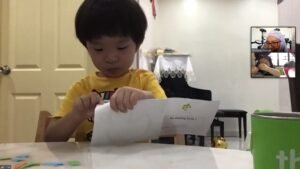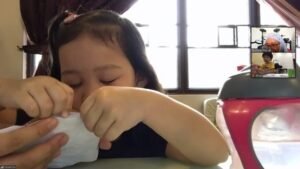
Supporting different culture in Montessori classroom
Culture is customs, beliefs and a way of life for a group of people. By introducing culture early, children are able to absorb the gist and beauty effortlessly.





Culture is customs, beliefs and a way of life for a group of people. By introducing culture early, children are able to absorb the gist and beauty effortlessly.





A picture is worth a thousand words.
Encouraging children to spend more time outdoors and away from technology aids their physical well-being and helps them improve their emotional and intellectual health,
… feeding the fish at the river.


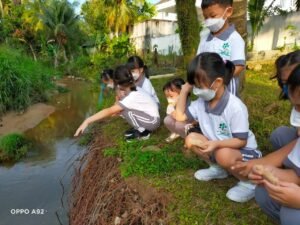




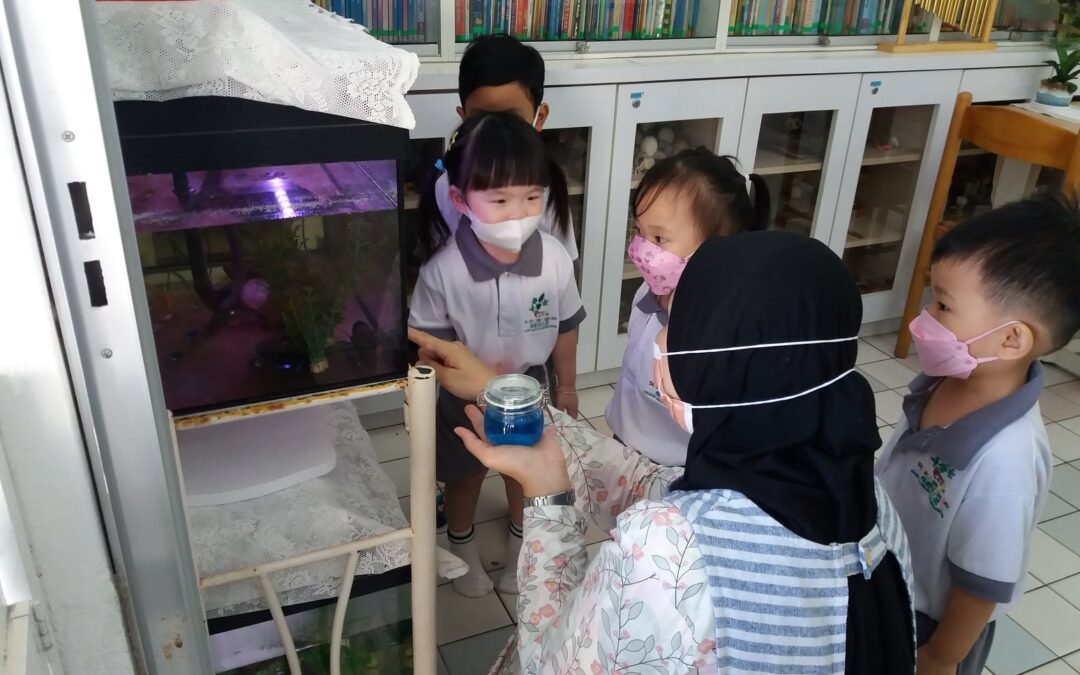
“Our work is not to teach, but to help the absorbent mind in its development work. How marvellous it would be if by our help, if by an intelligent treatment of the child if by understanding the needs of his physical life and by feeding his intellect, we could prolong the period of functioning of the absorbent mind!” – Maria Montessori, The Absorbent Mind
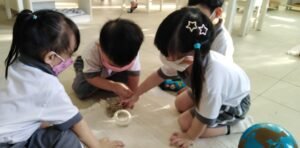

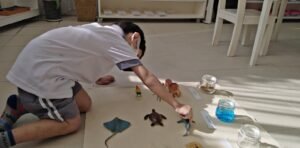

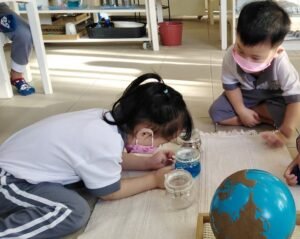




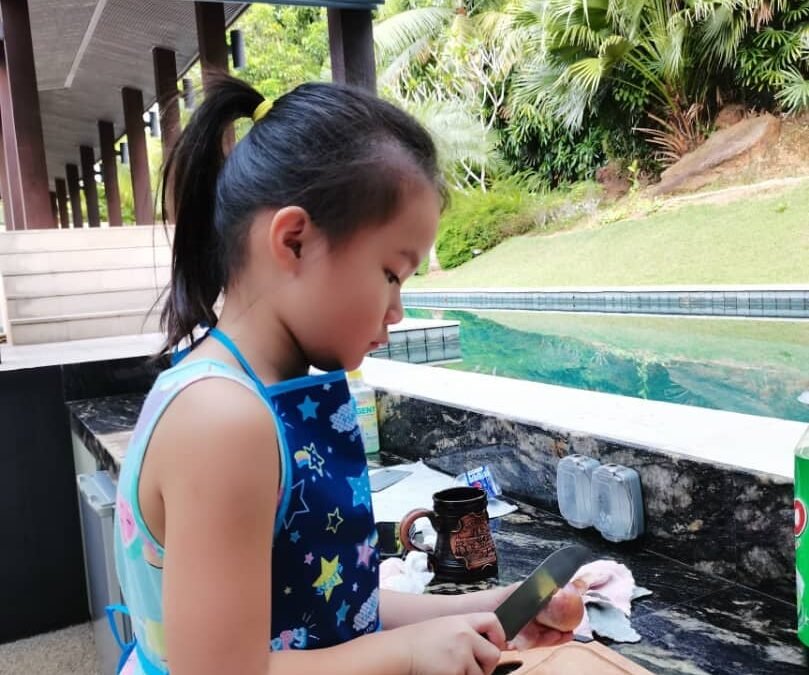
Learning to cook helps children to learn about nutrition and healthy eating. They are growing up with fast food and junk food at their fingertips, which is part of the reason why child obesity is on the rise! Teaching kids to cook will help instil skills to last them a lifetime.
If our child needs a boost of self-confidence (and who doesn’t!), cooking in the kitchen will do just that. They are accomplishing a task, learning something important, and contributing to the family.
Cooking also creates family time and bonding. Take time to cook with our children, and they will have memories that they can pass on to their families. It may take a longer time to get the meal or snack made, but the moments with our children will be priceless. (Remember to have patience and don’t worry about flour on the floor or spilt milk).
Kids will be more apt to eat what they make. Perhaps, it is the enthusiasm of creating something themselves, but children will be more likely to eat whatever they had a hand in making.
Cooking is a great way to learn life skills. This activity can be beneficial when kids are on their own and won’t rely on fast food and junk food to sustain themselves.


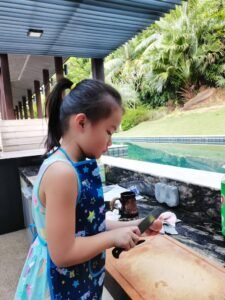
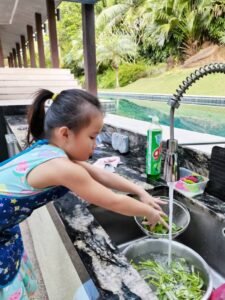
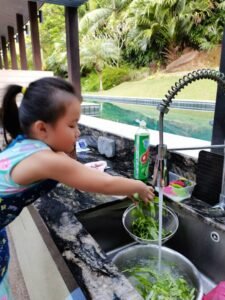

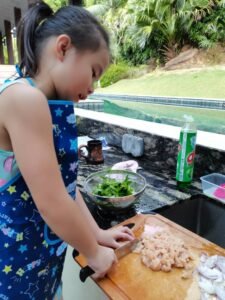
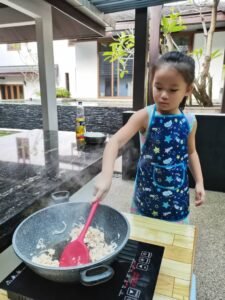
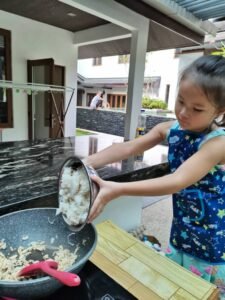
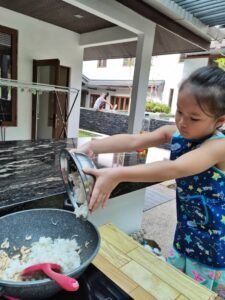
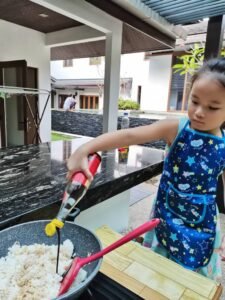
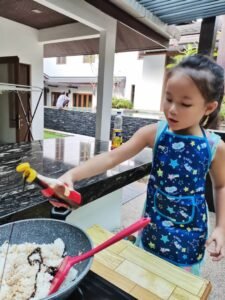
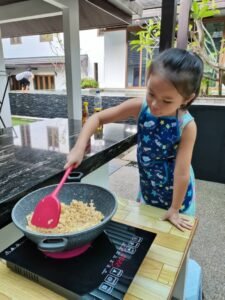
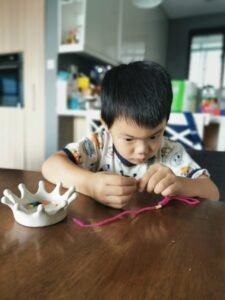
Threading beads, also known as stringing beads, is a great activity for toddlers and preschoolers and one that has numerous developmental benefits. Threading can be a challenging activity that takes a while for a child to master and is very much dependent on their maturity and fine motor development.
The important thing is that your child has regular exposure to threading activities. With time and maturity, he will develop better control and be able to thread smaller-sized beads. Threading is an excellent way to strengthen the finger muscles and learn to control the fingers as they work together.
Developing fine motor skills in childhood is essential if a child is to learn to hold a pencil and write. There is more value in doing pre-writing activities during the preschool years than in teaching a young child to write prematurely. When stringing beads, a child must learn to hold the bead with one hand while controlling the string with the other. Beading is a great way to practice colour recognition.
Visual perception is when the brain makes sense of what the eyes see.

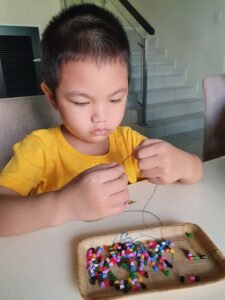






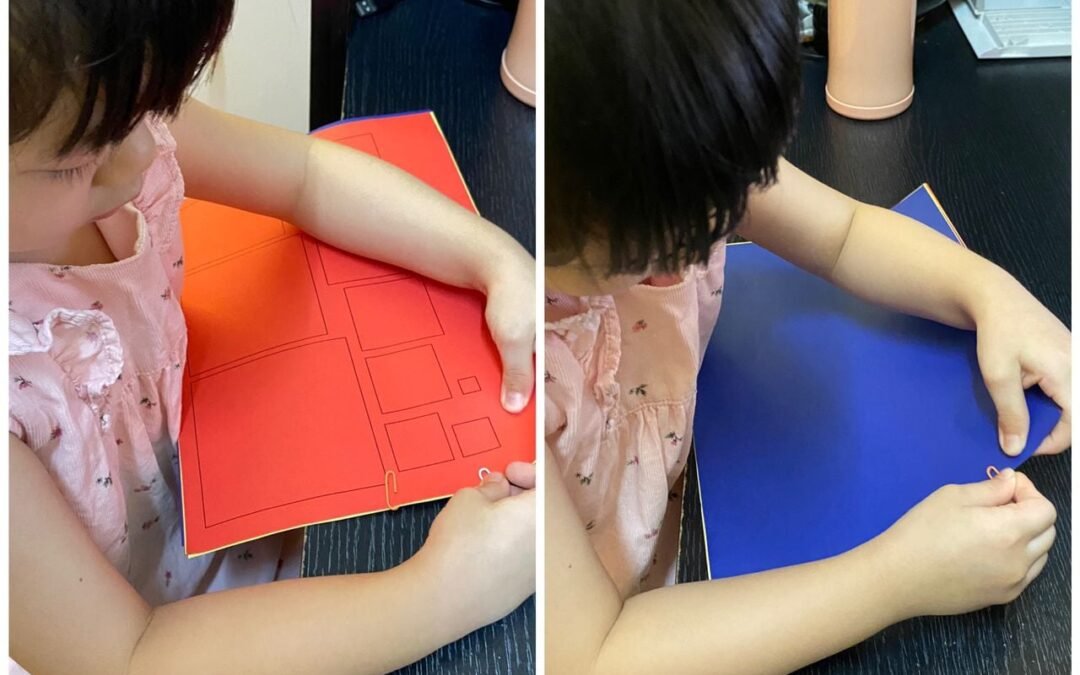
Pincer grasp: Paper clips are a powerful means of promoting the precision grasp between the thumb and pointer finger. This motor skill is essential for tasks that require strength and dexterity to manage small items like coins or turning pages in isolation.



